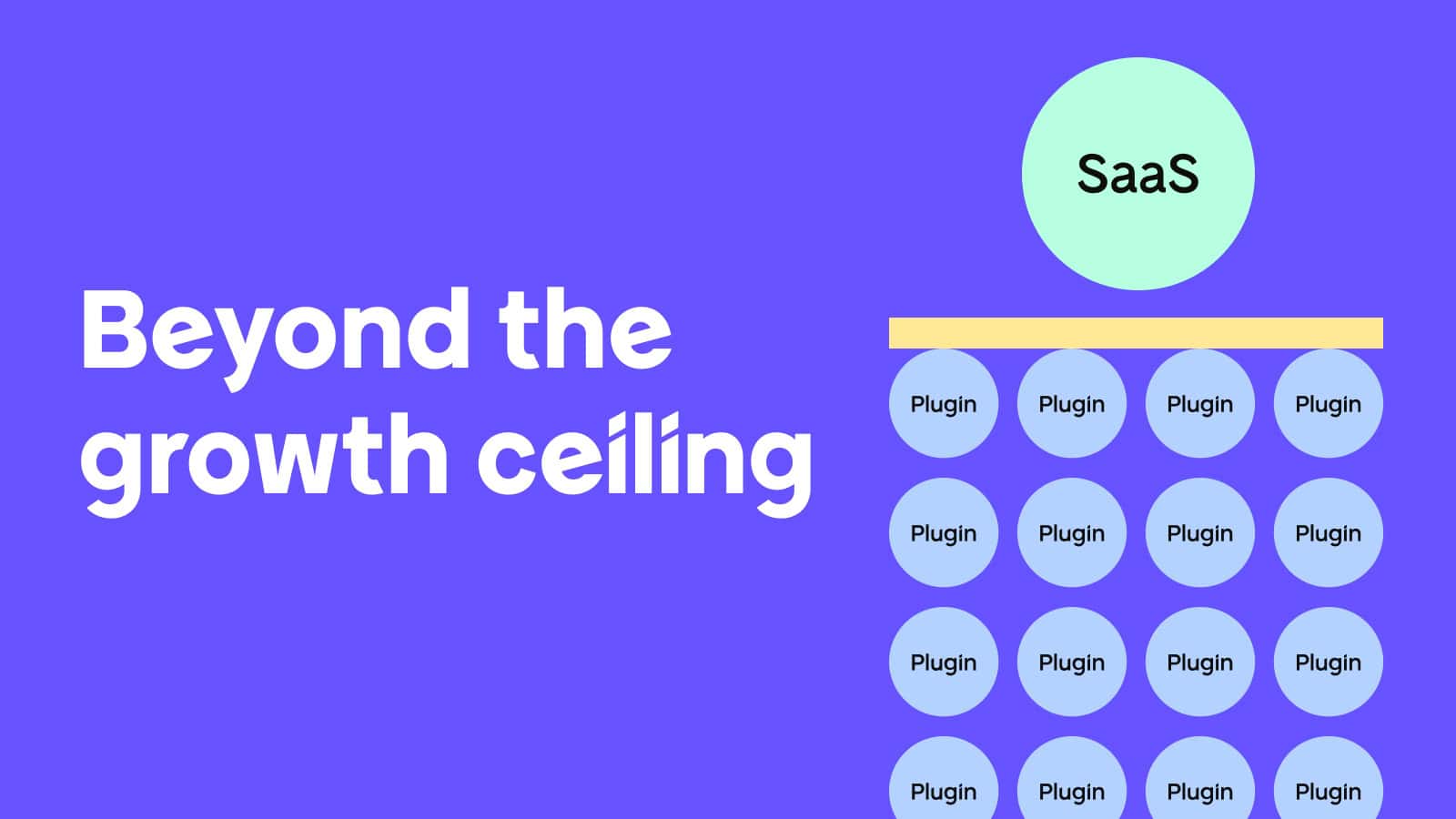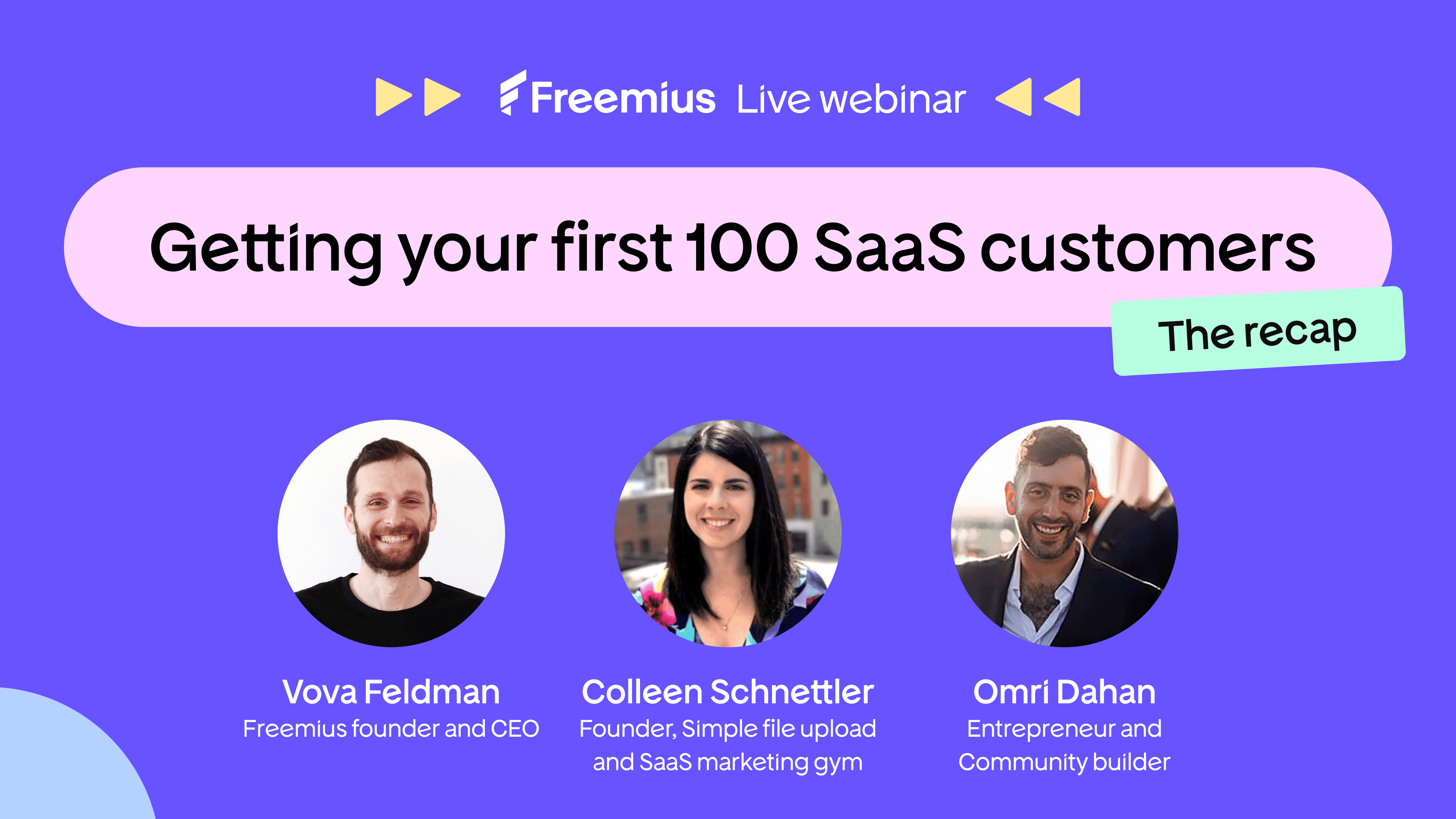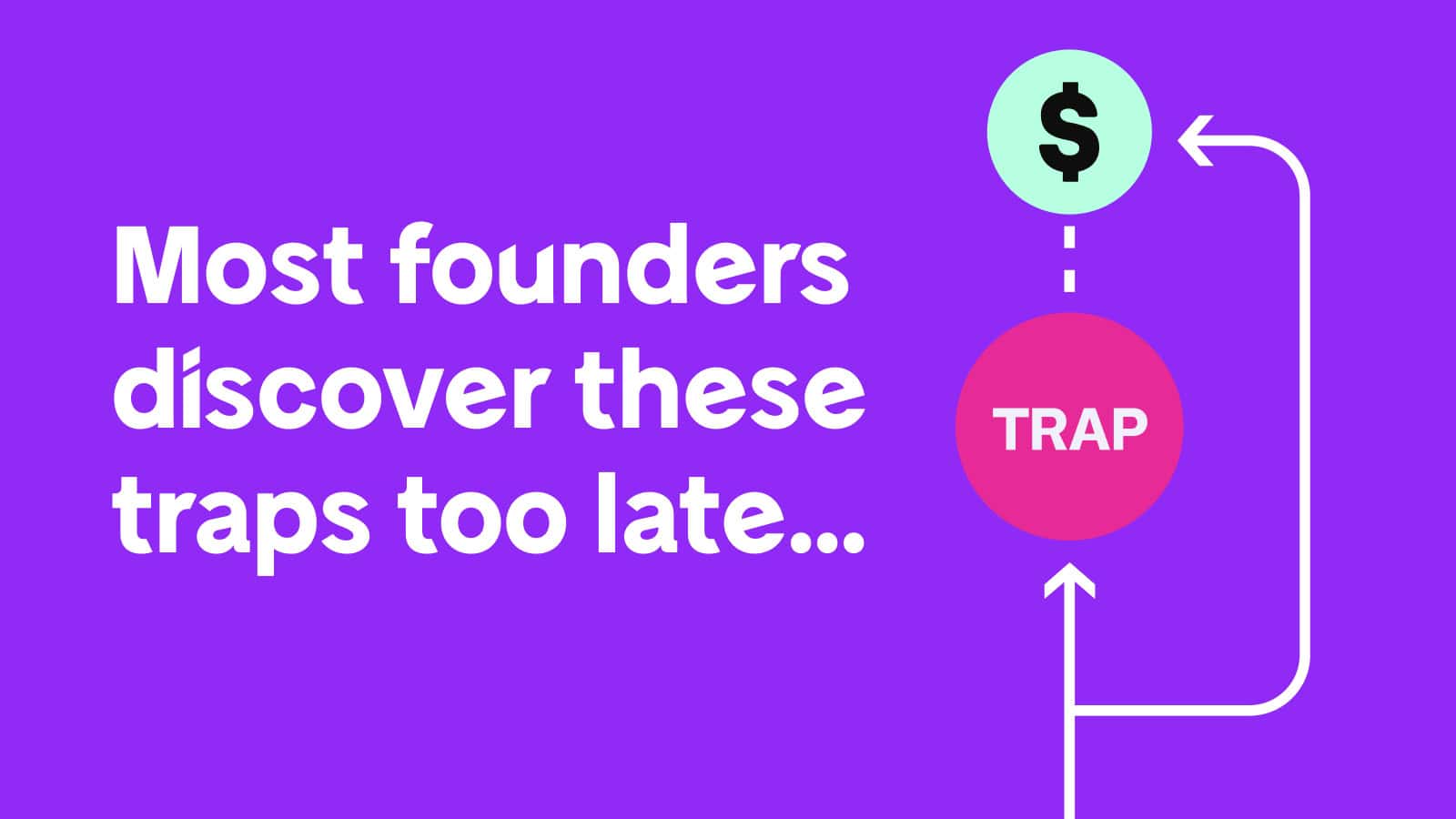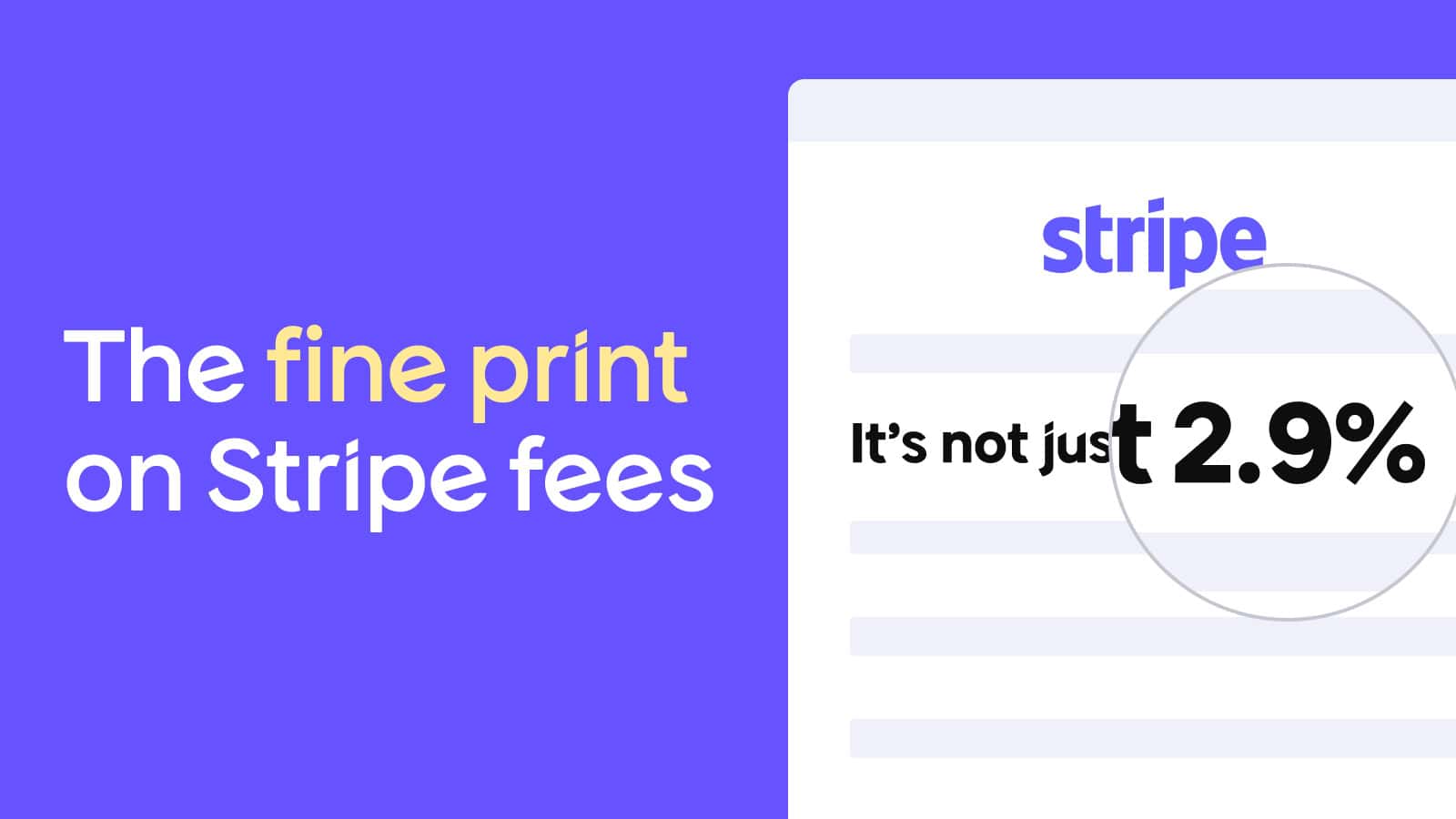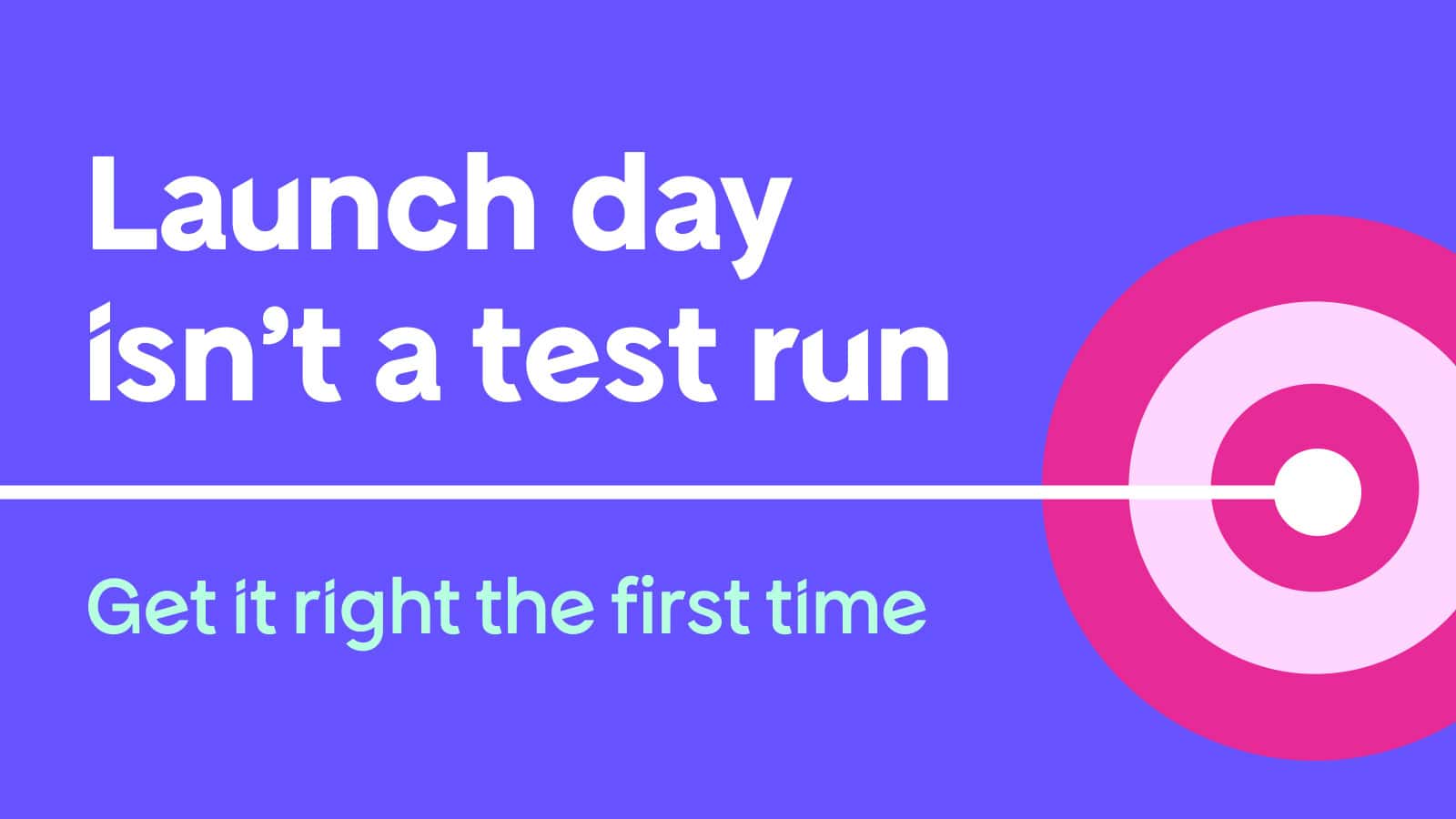|
|
Selling WordPress plugins used to be straightforward: build, ship, collect payments, and let a marketplace like CodeCanyon do the rest. But if you’ve been in the game long enough, you’ve likely felt the squeeze:
- Launch spikes that don’t last: new releases or promotions bring in bursts of sales, but renewals are fragile and revenue often drops sharply after the first cycle
- Harder to get noticed: marketplaces can bury new listings quickly and standing out now requires ongoing marketing spend, partnerships, or existing reach
- Support that never slows down: theme conflicts, hosting issues, crashing plugins, and WordPress updates all generate tickets that land in your inbox
What you’re seeing is the natural ceiling of the plugin model. With renewal churn close to 30% and support tickets piling up, it’s tough to turn traction into predictable growth.
This article will help you decide the next steps: keep growing as a plugin, layer in cloud features, or go SaaS-first. You’ll hear from founders who’ve already made the shift, proving you don’t need to torch your codebase or raise millions to do it.
Hitting the WordPress Growth Ceiling
When growth stalls, it usually comes down to three things:
Market Saturation
The WordPress.org plugin repository lists over 60,000 free plugins, with more added daily. Visibility feels like a lottery, with even well-reviewed products can be buried within weeks.
New users face endless lookalike plugins and struggle to know which to trust. For makers, that means pouring more time and money into marketing just to stay on the radar.
Oleksii Kratko, who started Snov.io as a plugin, says: “The hardest part isn’t building something useful. It’s staying visible once the directory fills up with alternatives.”
In other words, you’re not only up against real competitors, but also against a flood of half-maintained plugins that make discovery harder for everyone.
Revenue Fragility
While subscriptions are more common now, revenue is still unpredictable. Annual renewals mean a big chunk of customers drop off every cycle and discounts or promotions only mask the churn. That unpredictability makes it hard to plan ahead, hire, or invest in growth.
Alex Vasylenko, founder of Digital Business Card, says: “The income looked good on paper, but I had to keep looking for new customers because most of the sales were one-time deals.”
In practice, it felt like starting from zero each month. Sales kept coming in, but there was no real runway.

Support Fatigue
Every plugin lives inside dozens of unpredictable environments. One customer runs outdated PHP, another stacks caching plugins, another installs a theme that rewrites important functions. When WordPress core updates, you brace for a new round of tickets.
That grind never slows down. For OptinMonster, a third of support tickets came from WordPress hosting issues (problems outside their control). Multiply that across thousands of users and instead of shipping new features, you’re stuck patching problems.
If any of this feels familiar, they are the signs your plugin may be ready to evolve.
What SaaS Makes Possible for Plugin Developers
Hitting the ceiling isn’t the end. It just means the plugin model has done its job: it has validated the idea and proved demand.
SaaS builds on that foundation, shifting the fundamentals towards steadier revenue, more control, and freedom to grow beyond WordPress.
Here’s what that looks like in practice:
Predictable revenue
Many plugin makers try to fix revenue swings by adding subscriptions — and tools like Freemius make that possible inside WordPress. The challenge is that in the plugin world, many customers still expect lifetime licenses or annual renewals.
In SaaS, subscriptions are the norm, which makes revenue steadier and easier to plan for. Oleksii Kratko’s team saw the difference after shifting to a subscription model with tiered, usage-based pricing:
“One-time payments might bring quick cash, but they don’t cover ongoing costs. With SaaS, we moved to a subscription model that made revenue far more predictable and increased our average revenue per account by 300% within two years.”
More control over hosting, code, and features
Plugins are tied to WordPress’ roadmap and core changes, which can affect shipping. With SaaS, you own the entire environment, giving you full control of your roadmap and release schedule.
Raymond Girbes, who ran a booking engine plugin before launching Xootle, found this liberating:
“WordPress is still basically a blogging system, and everything is built around that. Security depends on extra plugins instead of being handled by WordPress itself. It’s like buying a car and then needing another supplier for your brakes. On top of that, when we wanted to implement more security and features, the platform wasn’t prepared for it.”
Reach beyond WordPress
Plugins keep you locked inside one ecosystem. SaaS opens the door to Shopify, Drupal, custom stacks, and anywhere your product solves a problem.
That’s what happened with Winday, a gamification and rewards platform that began as a WordPress plugin. As feature requests for cloud storage and mobile apps grew, co-founder Aleksandr Adamenko realized SaaS was a more “serious proposition”:
“Enterprise clients started calling directly. We could also launch A/B tests and beta features immediately, instead of waiting for plugin release cycles. It opened conversations with companies we could never reach as a WordPress-only plugin.”
Platform-level positioning
Unlike plugins that are often seen as add-ons, SaaS is perceived as a core platform. This perception changes how you can price, sell, and compete.
After SaaSifying his CRM, Raymond’s booking solution evolved into a cross-industry platform:
“We first built a multi-language accounting and CRM system, and from there expanded into PMS, POS, and payments. Instead of being limited by WordPress, we now offer a complete, all-in-one solution for the hospitality and SMB markets.”
The platform positioning also attracted industries they’d never targeted.
“We started in hospitality, but now even a real estate company uses our system, including the auction module.”
Scalable architecture
Features like real-time syncing, detailed analytics, or AI-driven tools are hard to build inside WordPress, and often not possible at all. SaaS makes them practical by giving you full control of the infrastructure behind them.
Snov.io reached that point and rebuilt their product: “We moved to a Laravel-based backend with horizontally scalable cloud servers to cost-effectively handle millions of requests,” says Oleksii Kratko.
Today, they support more than 185,000 teams.
| Takeaway: SaaS doesn’t mean walking away from your plugin roots. It’s about moving past the limits of the plugin model. And while it may sound like a big step, the shift is often more manageable than it seems. |
SaaS Isn’t as Hard as You Think
Most of the fear around SaaS comes from myths that no longer hold up.
Myth: “It’s too complex.”
Running SaaS once meant costly DevOps and server management. Now frameworks like Laravel or Node, services like Supabase, and off-the-shelf APIs make it accessible to small teams.
Adamenko of Winday says: “We expected SaaS to be more expensive, but the real time savings and stability justified the effort very quickly. With Docker and CI/CD, we set up a pipeline in-house in just a couple of weeks.”
Brad Vincent, founder of PageSpike.ai and longtime WordPress plugin developer, admits: “SaaS was just a massive unknown for me. I knew WordPress. Anything outside of that gave me the heebie jeebies. But AI now fills the gaps. There’s no excuse not to try something out.”
Myth: “You’ll lose your WordPress users.”
Many founders keep their plugin alive as a “bridge,” shifting only certain features like analytics or dashboards into the cloud. This is the hybrid model, which allows you to serve existing users while introducing SaaS features.
That’s the path Alex Vasylenko took with Digital Business Card: “The main engine is in the cloud, but the plugin is still there as a small bridge. At first it was tough, but then the updates came out faster, support dropped, and sales became more predictable.”
Myth: “You need VC funding.”
Many founders have made the leap to SaaS with small teams or solo, without raising a cent.
- Digital Business Card: Alex Vasylenko’s team moved their core logic to the cloud to survive the endless cycle of support tickets. “I thought SaaS was only for big companies or VC-backed teams. I quickly learned that wasn’t true.”
- Logtivity: What started as a side project of two plugin veterans to offload heavy activity logs grew into a recurring-revenue business.
- PageSpike.ai: After years of building plugins at FooPlugins, Brad built a lean SaaS with Supabase and React, integrated billing through Freemius, and shipped fast. For him, SaaS was an experiment to validate quickly and learn faster.
These stories show that SaaS is not reserved for venture-backed teams. The real requirements are focus, persistence, and a willingness to ship.
Building Your SaaS Future, One Step at a Time
Most successful founders don’t jump from WordPress-only to full SaaS; they climb the ladder, one rung at a time.
Plugin-Only
Everything runs inside WordPress. Logic, storage, UI — all tied to the hosting environment. This is a good fit for validating an idea with minimal overhead, your users expect everything to run locally, or you’re not ready to run a backend.
| ✅ Benefits | ⚠️ Limits |
|
|
Plugin with Cloud Features
Your plugin lives in WordPress, but some features (analytics, syncing, AI, billing) run in the cloud. This is a great choice when support is draining you, you need features PHP can’t deliver, or scaling feels like pushing through mud..
| ✅ Benefits | ⚠️ Limits |
|
|
SaaS-First with a WordPress Fallback
Your main product runs in the cloud. The plugin becomes a bridge (not the core experience). This is ideal when you need predictable revenue and faster development cycles.
| ✅ Benefits | ⚠️ Limits |
|
|
Pure SaaS
Your product lives entirely in the cloud. No plugin required. This is the right move when you’ve outgrown WordPress strategically or technically, your audience spans multiple platforms, and you’re ready to control the full experience.
| ✅ Benefits | ⚠️ Limits |
|
|
You can also keep your WordPress plugin while building a separate SaaS product, just like Brad did. The key is that you have options.
Read also: AI-Powered Micro-SaaS Ideas You Can Ship and Monetize in 7 Days
Choosing Your Path: Plugin, Hybrid, or SaaS?
So, where does your product sit today, and where should it go next? Here’s a quick snapshot to make the trade-offs clearer:
| Factor | Plugin-Only | Hybrid | Full SaaS |
| Cost | Low | Moderate | Higher upfront |
| Support Load | High | Moderate | Low |
| Revenue Model | Mostly one-off / annual | Mix of one-off + recurring | Subscriptions (monthly/annual) |
| Tech Stack | PHP / WordPress | WP + APIs / backend | Modern frameworks (Laravel, Node, Rails, etc.) |
| Reach | WP users only | WP + broader web | Platform-agnostic, cross-CMS |
| Perception | Add-on tool | Tool evolving into service | Full platform |
If you want a clearer picture of how plugins and SaaS differ in terms of revenue, control, and growth, this breakdown walks through the tradeoffs.
Making the Shift Without Starting From Scratch
The hardest part of moving to SaaS isn’t the code; it’s everything around it: billing, subscriptions, user accounts, software licensing, compliance, analytics…
This is where many founders stall. As a merchant of record, Freemius handles this layer so you can focus on your product. It lets you:
- Sell licenses or subscriptions without rebuilding checkout
- Manage users and activations across products
- Handle in-plugin upgrades and SaaS billing
- Test pricing without rewriting your backend
- Track usage and performance
Brad integrated Freemius billing into PageSpike.ai in under 30 minutes and even shared his code publicly to help others do the same. That shortcut turned an experiment into paying users in a single afternoon.
| Bottom line: You don’t need to rebuild infrastructure to test SaaS. |
Read also: The SaaS Launch Playbook: How to Ship Without the Chaos
Taking Control of Your Growth
Most WordPress products eventually hit a ceiling. Not because they’re bad, but because the model is limited: crowded markets, fragile renewals, and support you can’t scale.
SaaS opens doors plugins can’t: steadier revenue, faster release cycles, and the credibility of being seen as a platform, not just an add-on. And you don’t need VC funding or a full rebuild.
Start small: move billing out of WordPress, shift one feature to the cloud, or add a simple cloud dashboard your users can log into.
If SaaS feels like your next step, here’s how to convert your plugin to SaaS.
FAQ
Should I turn my plugin into a SaaS?
Not always. But if you’re hitting limits like unpredictable revenue, nonstop support, and features you can’t deliver in WordPress, SaaS can give you more control and stability.
When is a hybrid model better than full SaaS?
Hybrid is the sweet spot if you want to keep your WordPress users while testing SaaS features.
Can I keep my WordPress users if I add SaaS features?
Yes. Many makers run both side by side, keeping the plugin alive while shifting heavy features (dashboards, analytics, AI) into the cloud.
Is it possible to move to SaaS without rewriting everything?
Definitely. Start small: externalize billing, licensing, or a single feature. Over time, you can move more logic outside WordPress.
Do I need VC or a team to build SaaS?
Nope. Plenty of solo devs and tiny teams have done it bootstrapped. With modern stacks and managed infrastructure, SaaS is more doable than ever.
